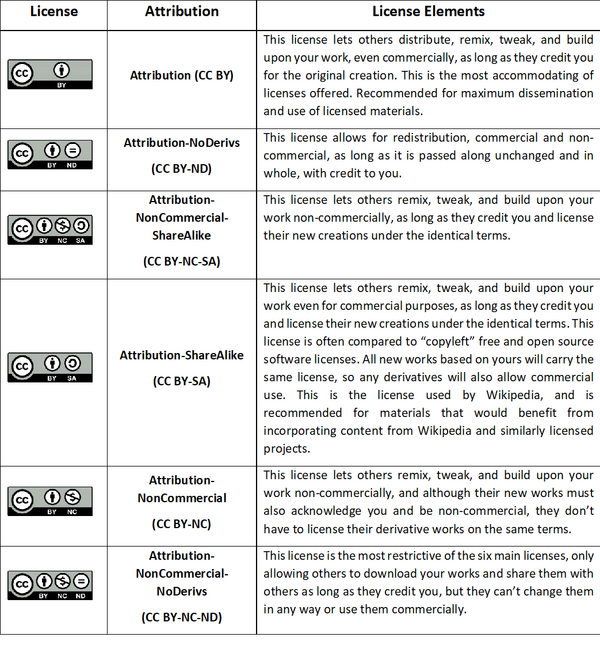This manual explains what steps should be taken and what choices and considerations come into play when using audiovisual materials (photographs, videos) in an audiovisual (AV) production by TU/e.
TU/e, or services or departments belonging to TU/e, show video films or other audiovisual materials on the web through various channels. For TU/e this provides an opportunity for disseminating its knowledge to the world and to improve its international profile.
Whenever makers of an audiovisual production wish to use materials produced by others, they will have to deal with the issue of copyright. Materials produced by others are almost always copyright-protected. This means these materials may be used only after authorization by the holders of copyright, and sometimes also only after paying compensation.
This manual is supplemented by a ‘Procedure of rights acquisition for use of copyright-protected materials in an AV production’.
In case of uncertainty or questions please contact copyright@tue.nl.
Step 1. Self-made materials or materials produced by others?
The first consideration to make is whether to make the audiovisual materials needed for an AV production oneself or to use materials from others. Using self-made materials has the obvious advantage that copyrights belonging to others are no issue.
Step 2. Are materials produced by others copyright-protected?
If you decide to use materials produced by others, these are often copyright-protected. Even if it’s just a simple amateur photograph or video, even if there is no copyright sign, even if it’s only a small image (‘thumbnail’). For those materials you need to ask permission and sometimes pay a compensation fee to use them in your work. Although the safest assumption is that materials are copyright-protected, this is not necessarily so all the time. For example, governmental documents or materials of which the authors are deceased for over 70 years are not (or no longer) copyright-protected. These may therefore be used in AV productions without any restriction.
Step 3. Using open-licensed materials
If you wish to use a copyright-protected work in an AV production, you will need prior permission from the holder of copyright. This may pose difficulties in an age when virtually anybody can publish items on the Internet. And who holds copyright for a photograph or video posted on the Internet is sometimes simply unknown.
Databases with photo and video materials that may be used free of charge without restriction
One way of avoiding having to ask permission for use, is by preselecting materials that are known to be free for use without any restriction. There are various databases on the Internet which offer free-for-use photographs, videos, texts & books. Check Open Educational Resources Repository maintained by Open Washington.
Creative Commons (CC) licenses
A special category of materials which may be used freely, are works which have been assigned a Creative Commons (CC) license. If works are assigned a CC license, the obligation for asking permission for use is ‘reversed’. By assigning a CC license to a work, the maker or holder of copyright stipulates explicitly beforehand what others may do with it (free of charge). The maker thus retains copyright, but shares some of the rights with others by indicating under which conditions they may make use of his/her work. Others will not have to bother the maker any more by constantly asking permission for use of the work.
CC-licensed works can be found via this website: http://search.creativecommons.org. YouTube and well-known photo websites like Flickr also provide options for limiting search results to CC BY-licensed materials.
Types of CC licenses

Step 4. Citing works by others
In science, citation of works produced by others is such common practice that people do not always realize that this is actually an exception to (‘limitation of’) copyright. For citing works by others, asking permission from or having to pay compensation to the holders of copyright is not required.
Citation is associated primarily with quotation of text passages. Less well-known is the fact that photographs, images, figures and (fragments of) videos may be cited as well without permission. Under the condition, however, that image material is truly used as a citation, meaning that:
- it is used in a scientific context. This applies for many TU/e AV productions;
- it plays a functional part. The cited (image) material must be relevant to the subject, e.g. illustrate or support it. Displaying a photograph or video simply for the purpose of making an AV production look more attractive is not permitted;
- it is of limited dimensions and fulfills a minor part in the production. A citation may not be too lengthy;
- it comes from a legally published source. Citing from confidential, not yet published documents is not permitted;
- the work cited has not been distorted. Exercise caution when it comes to matters like cropping photographs or using photographs in a lesser quality;
- the source and name of the work cited must be mentioned.
Step 5. Using works by others after requesting permission and paying compensation
The final option is using audiovisual works by others in AV productions after having received permission from the copyright holder and compensation may have been paid.
In general, the permissions process involves the following steps:
- Determine if permission is needed.
- Identify the copyright holder.
- Identify how the material will be used.
- Contact the owner for permission and negotiate whether payment is required.
- Get your permission agreement in writing.
Keep in mind that obtaining rights may be a time-consuming business. Also, requests for permission will not always be answered.
The following Dutch collective rights organizations provide services that facilitate obtaining permission for using copyright-protected works:
- Pictoright: http://www.pictoright.com
- Videma: http://www.videma.nl
- Stichting Fotoanoniem: http://www.fotoanoniem.nl
Flowchart for use of materials in AV productions
